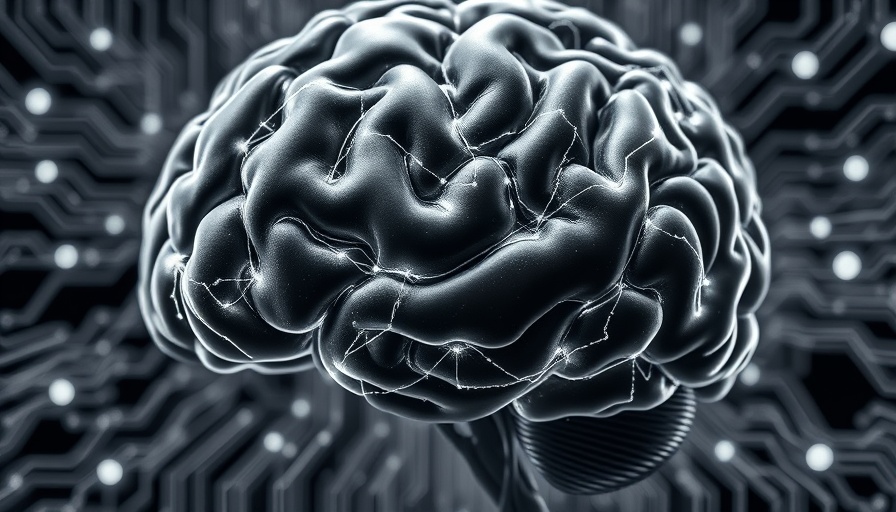
Exploring the Fascinating Link Between Biological Brains and AI
Recent research from UCLA has unveiled an astonishing connection between biological brains and artificial intelligence systems, particularly in how they function during social interactions. This groundbreaking study showcases that both types of systems exhibit similar neural patterns, especially as they engage in social behavior, which may have profound implications for our understanding of social cognition.
What the Research Reveals
The study, published in the journal Nature, details how researchers monitored brain activity in mice as they interacted with one another. They found that specific types of brain cells synchronize in shared neural spaces, aligning with similar patterns observed in AI agents when they engage in social tasks. By leveraging advanced imaging techniques and computational analysis, the researchers were able to draw striking parallels between the neural dynamics of living organisms and AI systems.
The Importance of Shared Neural Spaces
One of the most intriguing findings of the research is the concept of shared neural subspaces. In both the biological brains of mice and artificial neural networks, these "shared spaces" contain synchronized neural patterns when two individuals interact. In contrast, the unique neural subspaces represent individual-specific activities. This synchronization highlights the way interdependent social behaviors emerge in complex systems, whether biological or mechanical.
Implications for Social Disorders and AI Development
The insights from these parallels could have significant implications for both understanding social disorders like autism and enhancing the development of socially-aware AI systems. By understanding how social cognition operates at such a fundamental level, there is potential for advancing treatment approaches for social impairments, as well as creating AI systems that can understand and navigate social interactions more effectively.
A Multidisciplinary Approach to Neuroscience and AI
This research exemplifies a multidisciplinary approach, merging expertise from neurobiology, biological chemistry, bioengineering, and computer science. Such collaboration is essential in exploring social dynamics, especially as society becomes increasingly reliant on AI technology in our daily lives.
Looking Ahead: Future Trends in AI and Social Interaction
As AI continues to evolve, understanding how these systems can replicate human-like social dynamics will be critical. The findings of this study not only reflect progress in neurotechnology but also emphasize the need for responsible AI policies as we create machines capable of understanding complex social cues.
Key Takeaways
- Biological brains and AI systems show similar neural activation patterns during social interaction.
- Understanding shared neural dynamics can enhance AI development and inform treatments for social disorders.
- There is a significant need for multidisciplinary collaboration in exploring AI and neuroscience.
As we delve deeper into these connections, it becomes clear that the future of AI and human interaction is a promising area of research that could redefine not just how we create intelligent systems but also how we understand ourselves.
 Add Row
Add Row  Add
Add 




Write A Comment